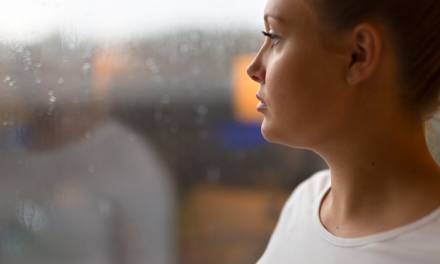Blended learning is set to become the new normal for education in the UK, according to the leader of teachers’ union.
It is expected that pupils will have to take it in turn using classrooms. In schools, pupils will have to be situated two metres apart. Those outside school will all be expected to participated in remote learning.
But what would blended learning entail and could it become a permanent fixture in education? This blog post explains.
Have all teachers returned to school?
On Monday, schools began the process of reopening. These began with primary schools and will be extended to secondary schools in June.
However these classrooms will operate on a reduced capacity – a normal classroom would be reduced from 30 to 8-10 depending on how the room was configured.
Social distancing is also in place.
However some teachers are concerned that they are not working in a safe environment.
What are the challenges in schools returning to normal?
The leader of the EIS, Larry Flanagan, said it was “impossible” for teachers to return to work and be confident that they were in a safe environment.
“Given those two bigger issues the school buildings will have to comply with all the public health advice and the most significant one in that it creates the biggest challenge in physical distancing. Maintaining a two metre separation has the immediate consequence of reducing class sizes quite dramatically.
“It’s going to be much less than 50% (of children attending at any one time) because most classrooms don’t have a lot of space.”
Flanagan said this would result in a “very different” way of working and learning – and where blended learning would take centre stage.
What is blended learning?
Blended learning is a combination of e-learning and typical classroom methods.
The concept of blended learning means education can take place where the individual feels comfortable and therefore makes it more accessible.
It provides confidence and flexibility. Evidence suggests that it provides a more comprehensive understanding.
You can read more about the benefits of blended learning here.
Will blended learning be here to stay?
“Blended learning will almost certainly be in place until there is a vaccine,” say Flanagan.
“There will be nothing normal about it. There will have to be some adjustment because you probably won’t get whole classes in at one time. Realistically it will be staggered and pupils will maybe go in for days at a time rather than a morning or afternoon.”
Blended learning also reduces operating costs for schools and with everything tracked it can allow teacher staff to assess pupils in more detail and provide greater feedback.
How can EDLounge help with blended learning?
EDLounge can help you to create blended learning within your school or organisation.
Our system provides a wide range of learning materials, assessment, quizzes, tasks and coursework and exams – which can be accesses remotely be learner and trainers.
We can tailor our offering directly to your needs.
Our system also features a comprehensive tracking program in order to provide highly effective student feedback. You can find out more here.
For more information, call 01909 568 338 or click here to find out more.










